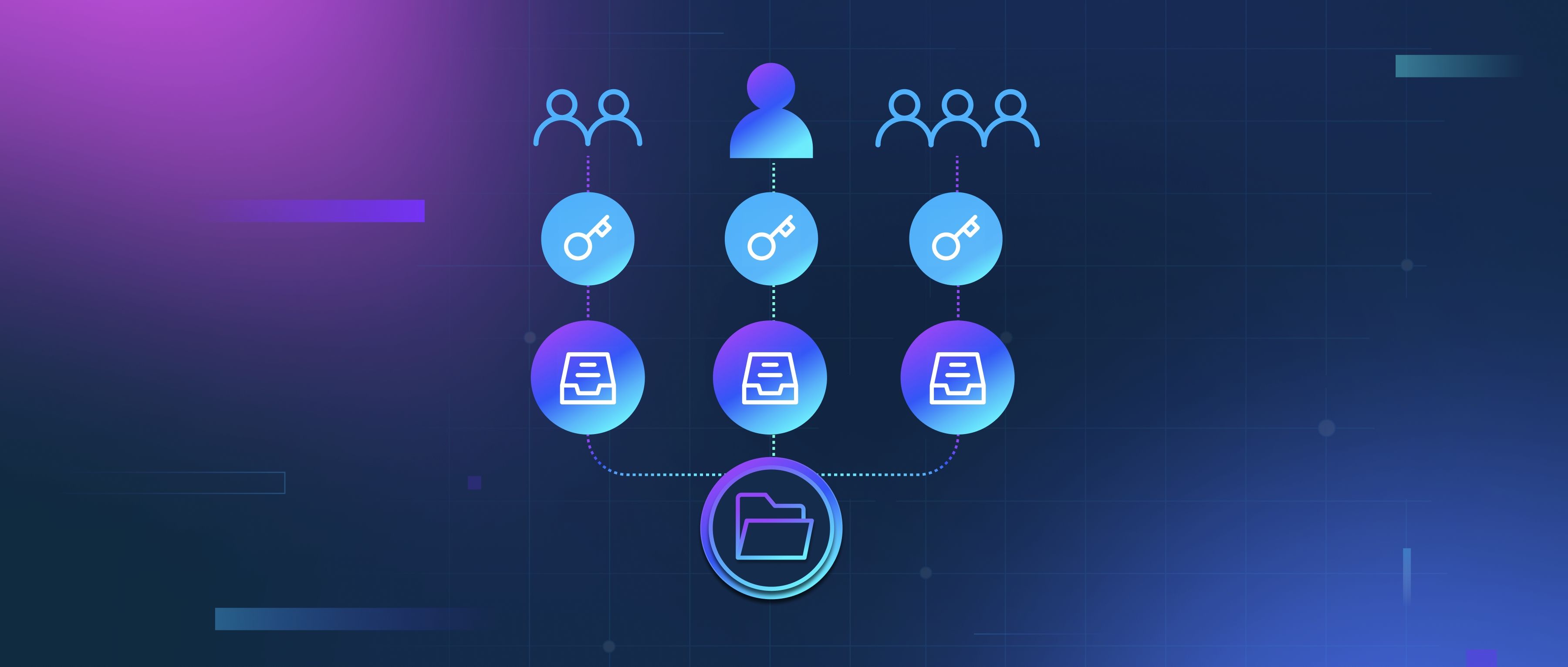Real-time streaming ETL pipelines and traditional batch processes differ primarily in how they handle data processing timing, latency, and use cases. Streaming pipelines process data continuously as it arrives, enabling immediate analysis and action. Batch processes, in contrast, collect and process data in scheduled chunks (e.g., hourly or daily). This fundamental distinction leads to differences in architecture, tooling, and design considerations. For example, streaming systems prioritize low-latency processing and incremental updates, while batch systems focus on high-throughput processing of large, static datasets.
The use cases for each approach vary significantly. Batch processing is ideal for scenarios where data freshness isn’t critical, such as generating daily financial reports or training machine learning models on historical data. Streaming ETL, however, is used when real-time insights are required—for instance, detecting fraud in financial transactions as they occur or monitoring IoT sensor data for equipment failures. Batch systems often rely on tools like Apache Spark (in batch mode) or Hadoop MapReduce, while streaming systems use frameworks like Apache Kafka, Apache Flink, or Spark Structured Streaming. A key technical difference is that streaming systems must handle out-of-order data, windowing (e.g., calculating 5-minute averages), and state management to track ongoing operations, challenges less common in batch workflows.
Resource management and error handling also differ. Batch jobs typically process finite datasets, making retries straightforward if failures occur. Streaming systems, however, must handle infinite data streams, requiring features like checkpointing (saving state periodically) and exactly-once processing guarantees to avoid data loss or duplication. For example, a batch job might reprocess a day’s data after a server outage, while a streaming pipeline would need to recover its state and resume processing from the last checkpoint without missing events. Additionally, streaming architectures often require horizontal scaling to maintain low latency under high throughput, whereas batch systems prioritize optimizing resource usage for cost efficiency during periodic runs.
